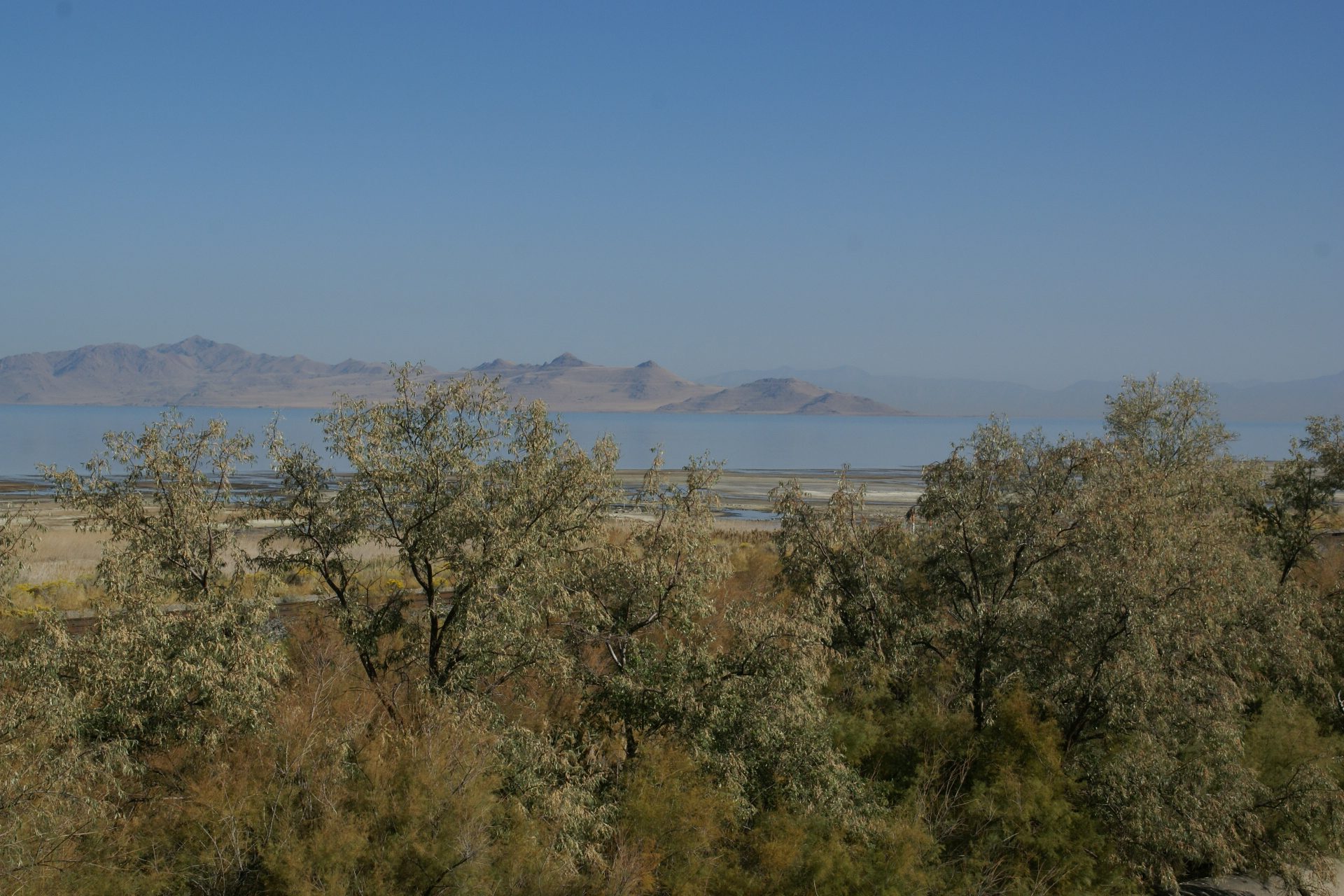- A study reveals that 4.1 million tons of greenhouse gases were emitted in 2020.
- Emissions equivalent to a 7% increase in Utah’s human-caused emissions.
- Drying lake beds identified as overlooked sources of greenhouse gases.
- Climate change may exacerbate this issue, creating a feedback loop.
July 29, 2024 — A groundbreaking study from the Royal Ontario Museum has unveiled a significant and previously underestimated source of greenhouse gas emissions: the drying lake bed of the Great Salt Lake. In 2020 alone, a staggering 4.1 million tons of carbon dioxide and other greenhouse gases were released from the exposed sediments, equivalent to a 7% increase in Utah’s human-caused emissions.
Human Activity and Climate Change Driving the Phenomenon.
Soren Brothers, the lead researcher, highlighted the role of human activity in this phenomenon : “Human-caused desiccation of Great Salt Lake is exposing huge areas of lake bed and releasing massive quantities of greenhouse gases into the atmosphere.” The lake’s water level has fluctuated historically, but increasing water consumption for agriculture, industry, and municipal use has led to a long-term decline.
: “Human-caused desiccation of Great Salt Lake is exposing huge areas of lake bed and releasing massive quantities of greenhouse gases into the atmosphere.” The lake’s water level has fluctuated historically, but increasing water consumption for agriculture, industry, and municipal use has led to a long-term decline.
Global Implications of Drying Lakes.
This issue extends far beyond the Great Salt Lake. Similar saline lakes worldwide, including the Aral Sea, Lake Urmia, and the Caspian Sea, are also drying up. This desiccation not only harms biodiversity and air quality but also accelerates climate change through the release of greenhouse gases from exposed sediments.
Fieldwork and Findings.
The research team meticulously measured carbon dioxide and methane emissions from the dried lake bed over several months in 2020. They found a strong correlation between emissions and warm temperatures, even at sites exposed for decades. Analysis of water chemistry confirmed that the original lake was not a significant source of greenhouse gases, emphasizing the role of the dried lake bed as a new driver of atmospheric warming.
Climate Change Feedback Loop.
The study’s findings raise concerns about a potential climate change feedback loop. As climate change worsens droughts in arid regions, more lakes and rivers may dry up, releasing even more greenhouse gases and further exacerbating global warming.
Call for Action.
The study’s authors emphasize the need to address lake desiccation in climate change mitigation and watershed planning. “The significance of lake desiccation as a driver of climate change needs to be addressed in greater detail and considered in climate change mitigation and watershed planning,” urged Soren Brothers. The study’s findings underscore the importance of recognizing and addressing this overlooked source of greenhouse gas emissions in the fight against climate change.
Citation:
Royal Ontario Museum. (2024, July 25). Great Salt Lake a significant source of greenhouse gas emissions. ScienceDaily. Retrieved July 28, 2024 from www.sciencedaily.com
Image:
Great Salt Lake as seen from Interstate 80 near Magna, Utah , Hermann Luyken, October 2012. Licensed under the Creative Commons CC0 1.0 Universal Public Domain Dedication.
, Hermann Luyken, October 2012. Licensed under the Creative Commons CC0 1.0 Universal Public Domain Dedication.

